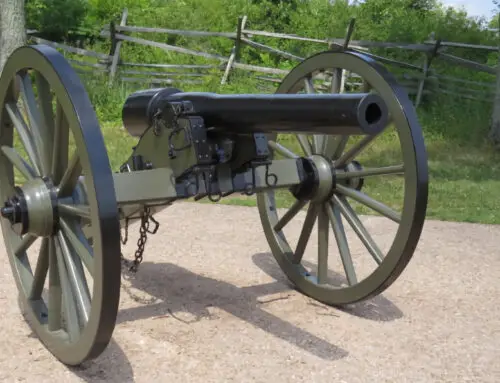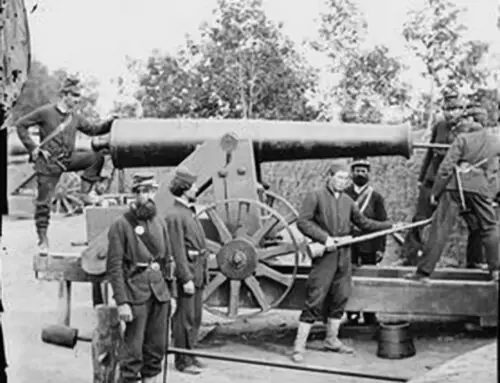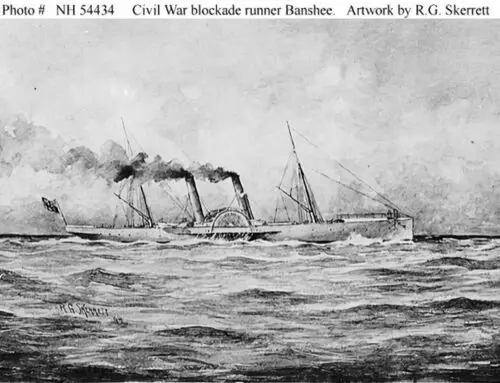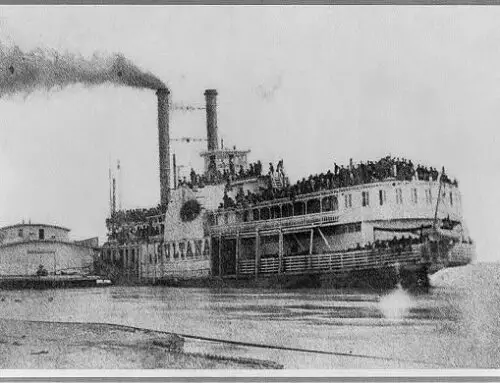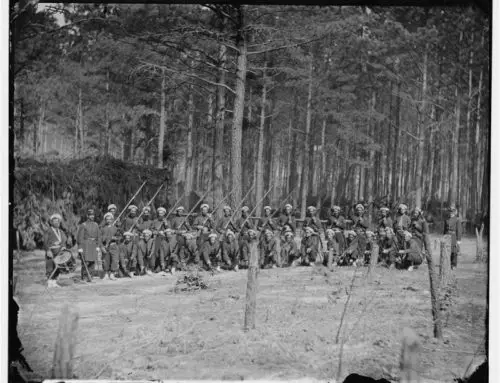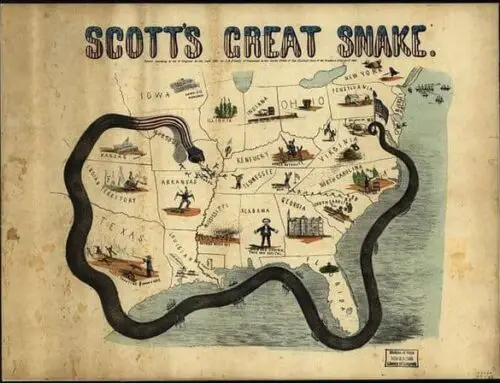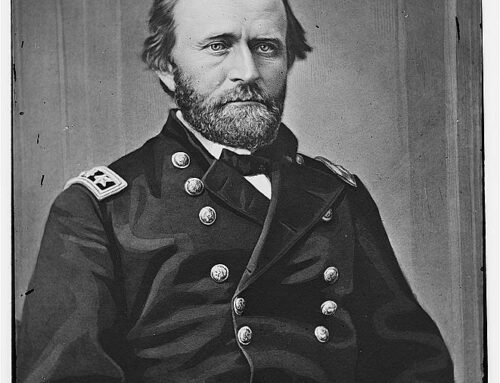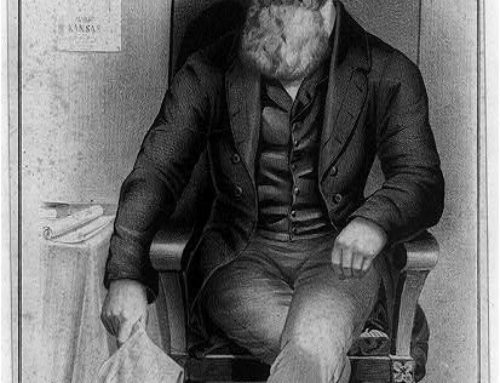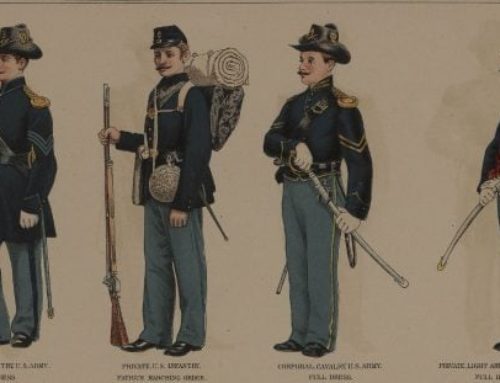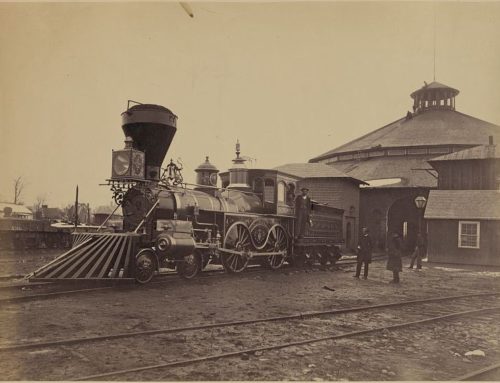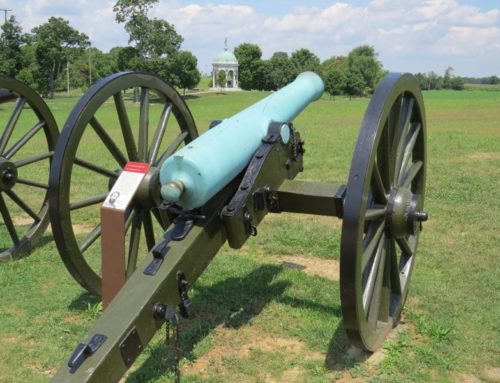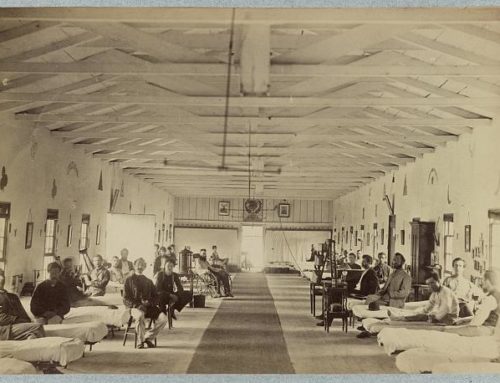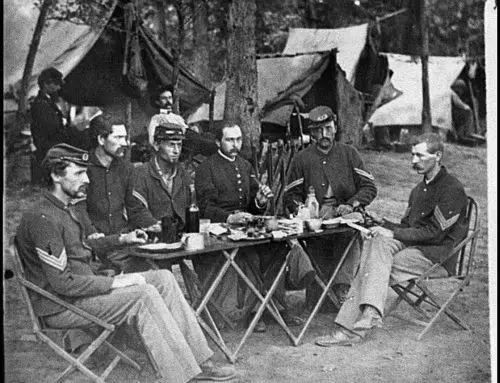The Missouri Compromise was the result of the problem of slavery. The slavery issue was at hand for many decades before the territory of Missouri decided it was to be the pivotal player in 1818. Petitioning Congress was the usual route for gaining admission into the United States, and that is what Missouri decided to do. Post-Revolutionary America had seen an explosion in both territory and state admission.
One must remember that a territory of the US was not the same as being an official state. Missouri was an expansive mid-western territory and was a piece of the land gained during the Louisiana Purchase.
The US had done a fairly good job of containing law and order even with the institution of slavery within its borders. Divisions were made and there where already thousands of supporters against slavery.
The Missouri Compromise – Free vs Slave States
Of the 22 states of the Union in 1818, 11 were free and 11 were slave states. This created a seemingly fair and equal balance of power for the states in the Senate but not in the House of Representatives. Since the House is inclusive of representatives per population, the free states had more voices since they had more citizens.
In 1819, New York representative James Tallmadge set up a proposal to the House that would ban slavery in the newly created territory of Missouri. The slave population in Missouri at the time of the slavery ban petition was 2,000. That is a substantial population in pre-war American territories and was a constant in newly formed locations in the US.
Political Differences Required a Solution
This line in the sand around the issue of slavery was not a new development. Men and women alike had formed political groups as soon as the first slaves arrived on these shores many years prior. The free states called the institution of slavery a “peculiar institution”.
The slave issue had been a staple of the Southern man’s life and there was no way that the average land owning southerner was going to give this up. Not without a fight. The years before the Civil War had seen many near misses and the citizens of America were poised to fight for their rights and beliefs. The pain of the Revolution and the loss of life in that war saw enough time pass to be out of the collective conscience of America.
Blood was on the minds of many of the citizens of America over the entire slave issue. On March 3rd, 1820, both Missouri and the free state of Maine were admitted into the Union. The balance was kept with one being free and one being slave. The writing was on of the wall with the inevitability of the war.
The Missouri Compromise of 1820 was signed into law on March 6th 1820 by President James Monroe. The Missouri Compromise made Missouri a slave state and Maine a free state. The law also made it lawful to own slaves from the southern border of Missouri down through to Mexico, and illegal to own slaves from that line northward to Canada.





